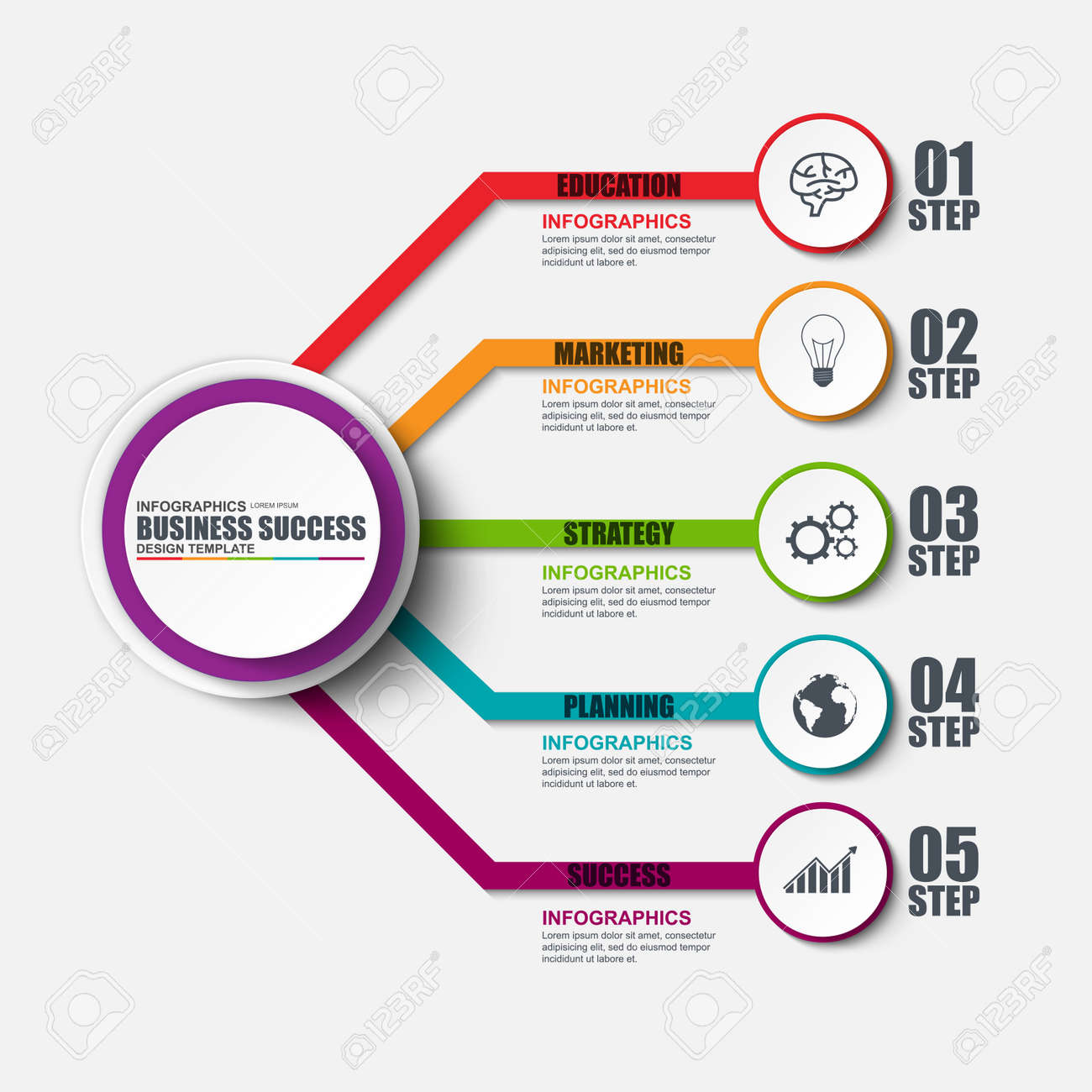Basic Facets Of Web Design: Standards For Developing A User-Centric Site
Basic Facets Of Web Design: Standards For Developing A User-Centric Site
Blog Article
Developed By- ada compliance with websites
When it comes to website design, making certain user-friendliness is essential. From receptive style to streamlined navigating, every aspect plays an important role in creating a site that deals with your target market's demands. Yet what concerning the better details that can make or break an individual's browsing experience? Stay tuned as we discover some often-overlooked pointers that can boost your internet site's use to the following level, making it absolutely stand out in the digital landscape.
Relevance of Responsive Style
Receptive design is an essential element of contemporary internet site development. Guaranteeing your web site is responsive ways that it can adapt to various display sizes and gadgets, offering a smooth experience for customers.
With mouse click the up coming article boosting use smart devices and tablet computers to access the internet, having a receptive design is important for reaching a wider audience. click the up coming article assists in boosting user experience by making your site simple to browse and read on any tool.
Additionally, responsive style can favorably affect your search engine positions, as internet search engine like Google prioritize mobile-friendly web sites. By having a receptive design, you're also future-proofing your internet site, as brand-new devices with differing screen sizes continue to arise.
Simplify Navigating Structure
To improve customer experience and assist in easy access to info on your website, enhancing the navigating framework is vital. When making your website, focus on producing a clear and instinctive navigation menu that assists site visitors locate what they're trying to find rapidly.
Limit the variety of menu things to the essentials, organizing related pages together to stay clear of frustrating users. Use descriptive tags that clearly indicate the material of each page, making it easier for customers to recognize where each link will certainly take them.
Consider carrying out dropdown food selections for subcategories to avoid littering the major navigation bar. Additionally, consist of a search bar prominently on the web page for users that choose searching for specific information.
Focus on mobile responsiveness in your navigating layout to ensure easy access on all tools.
Maximize Web Page Lots Speed
Improving web page load rate is critical for retaining visitors on your internet site. Slow-loading web pages frustrate users and can lead to high bounce rates. To optimize page lots rate, begin by enhancing photos. Compress images without endangering quality to decrease their data sizes.
Additionally, make it possible for web browser caching to store regularly accessed sources locally, quickening load times for returning site visitors. ada compliance 2.0 , JavaScript, and HTML data by eliminating unneeded personalities, remarks, and format, improving load rate.
Consider making use of a web content distribution network (CDN) to disperse your site's material throughout numerous web servers worldwide, lowering latency for individuals accessing your site from different locations. Last but not least, restrict using third-party scripts and plugins, as they can considerably impact load times.
Verdict
Finally, by incorporating responsive style, simplifying navigating, and optimizing page lots speed, you can produce an user-friendly website that interest a larger target market and enhances customer experience. These essential elements ensure that site visitors can conveniently access and navigate your site across various devices, bring about boosted involvement and contentment. By concentrating on these crucial aspects, you can construct a successful web site that keeps customers coming back for even more.
